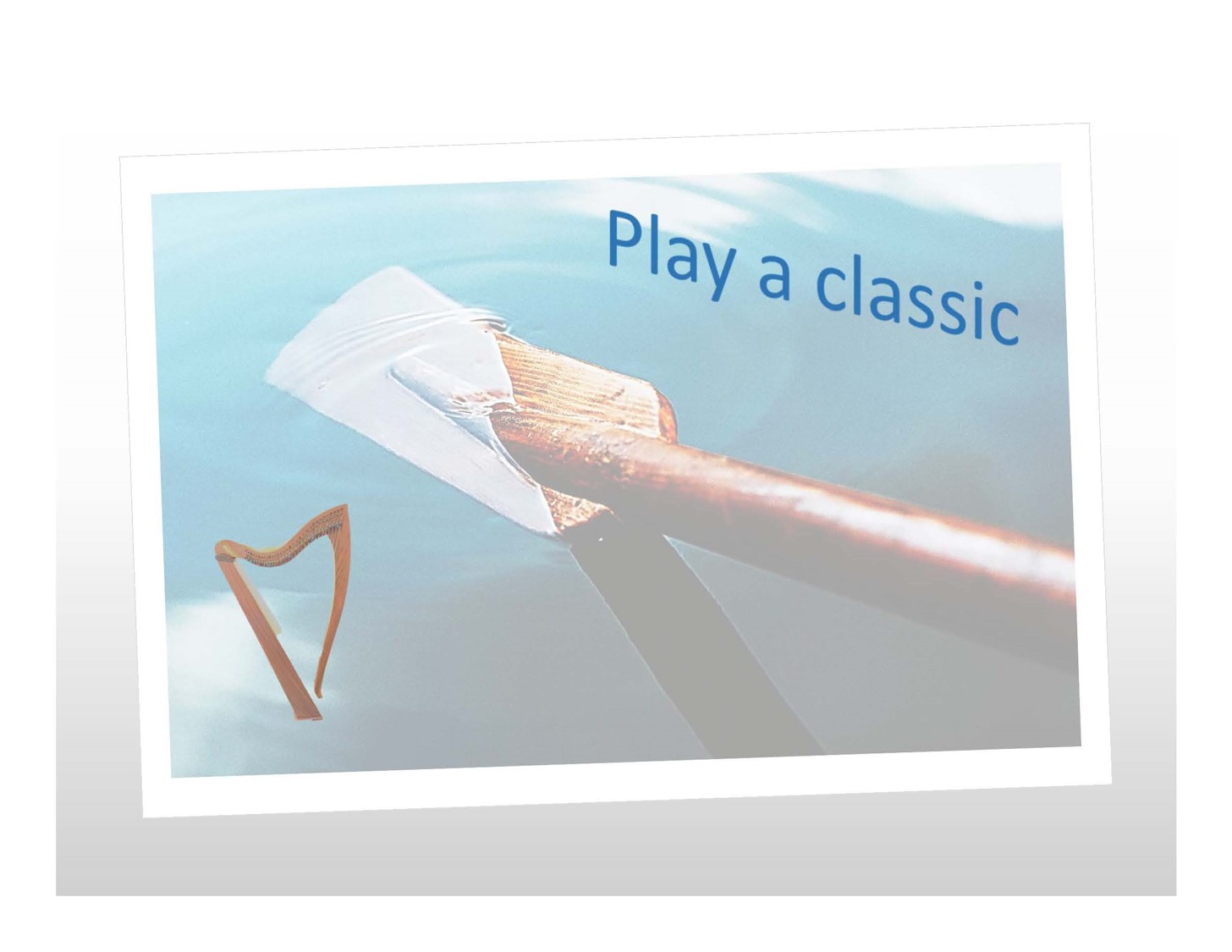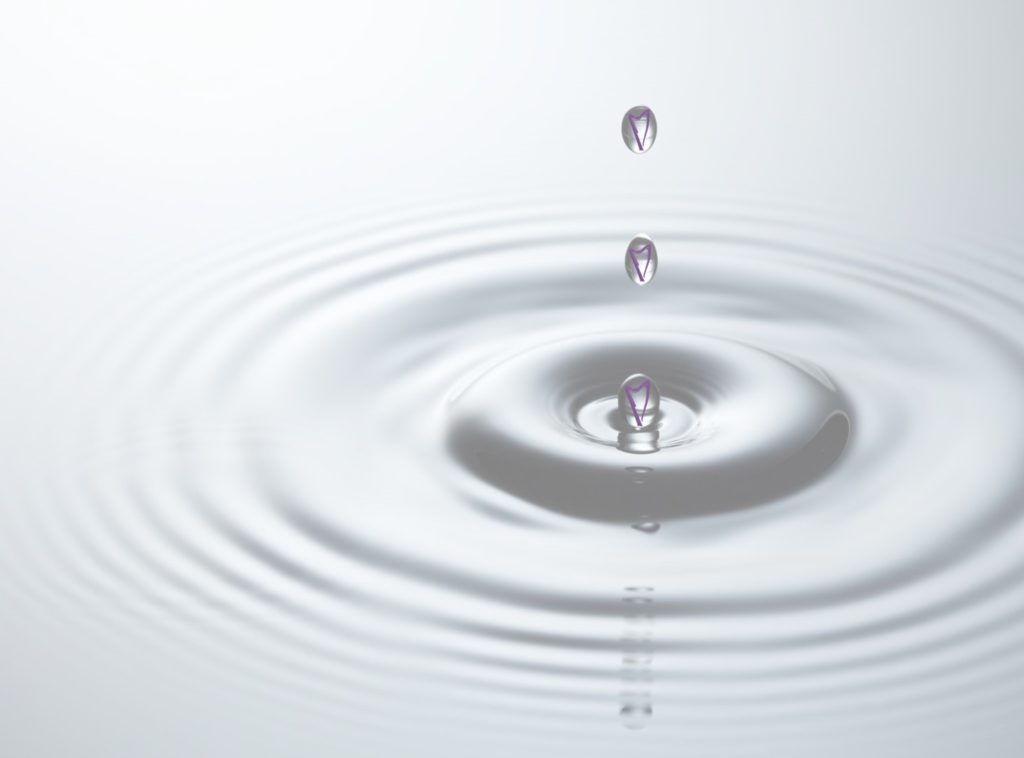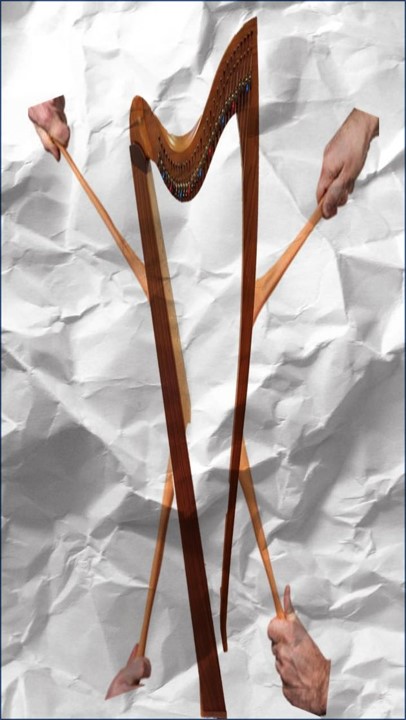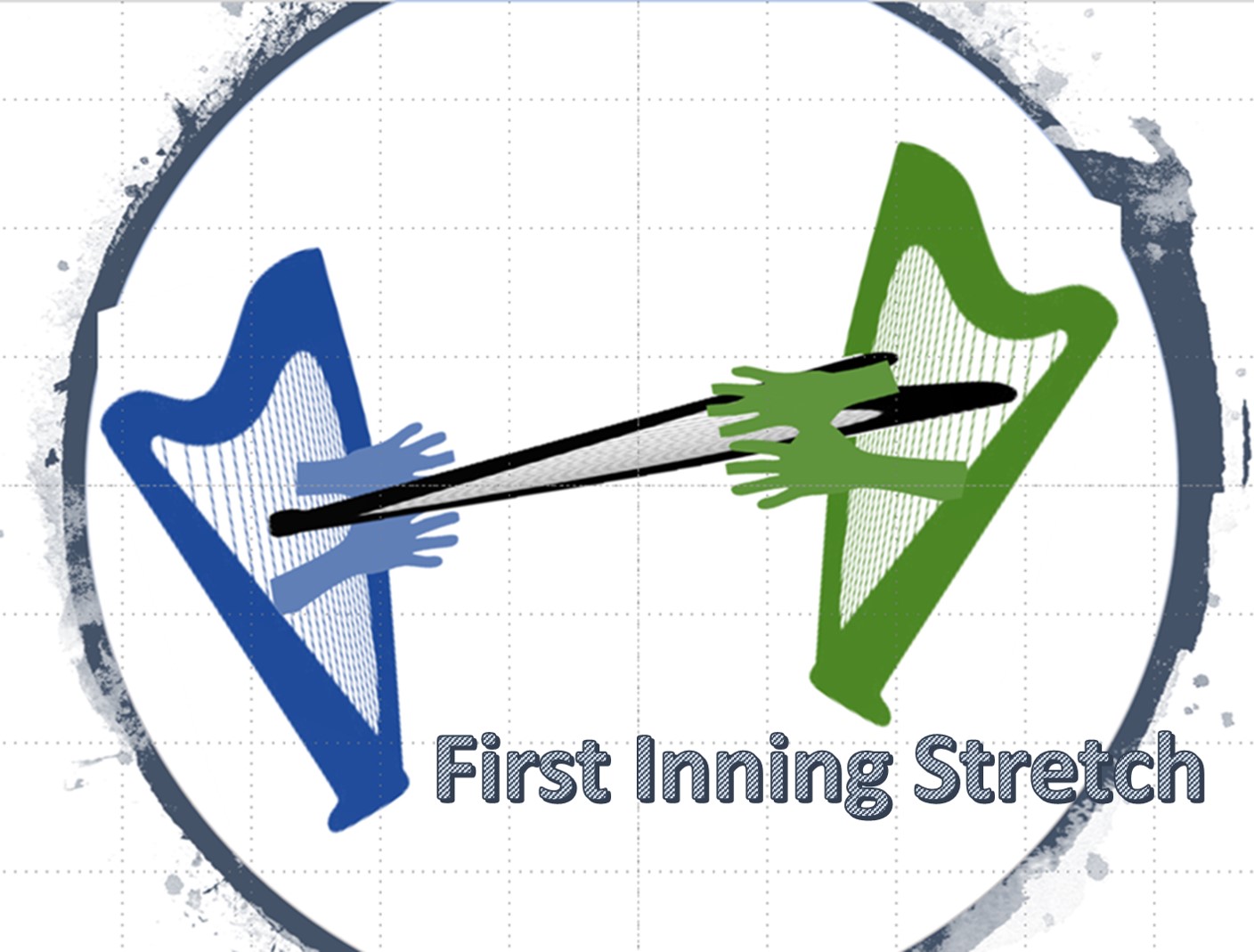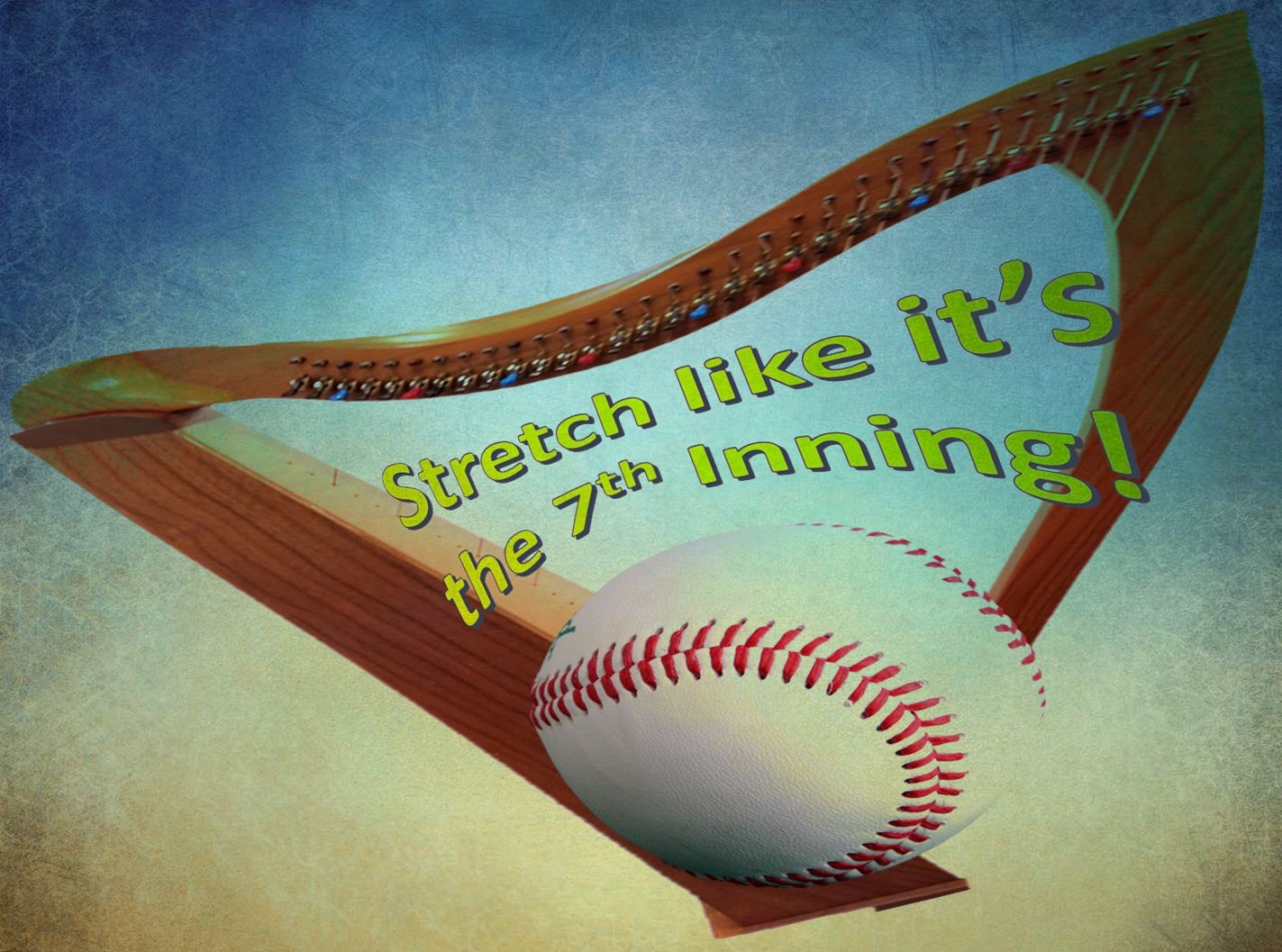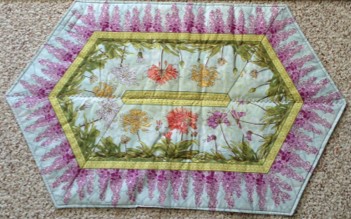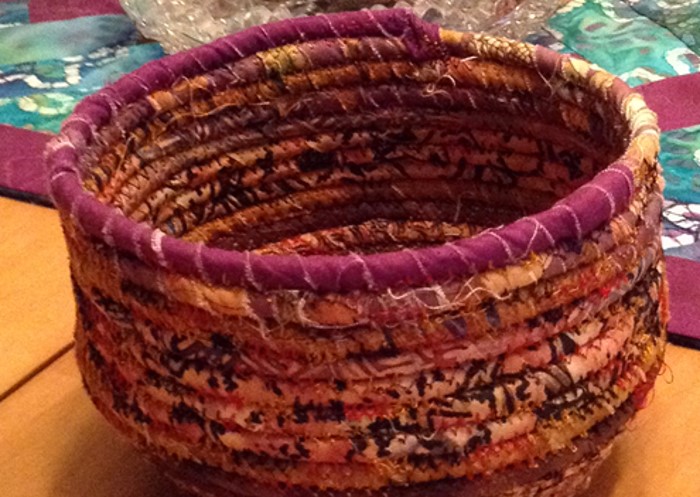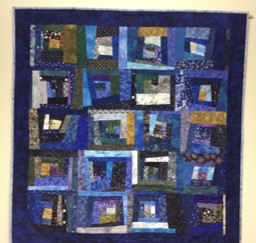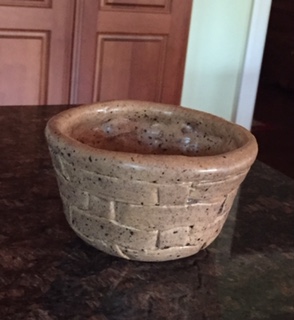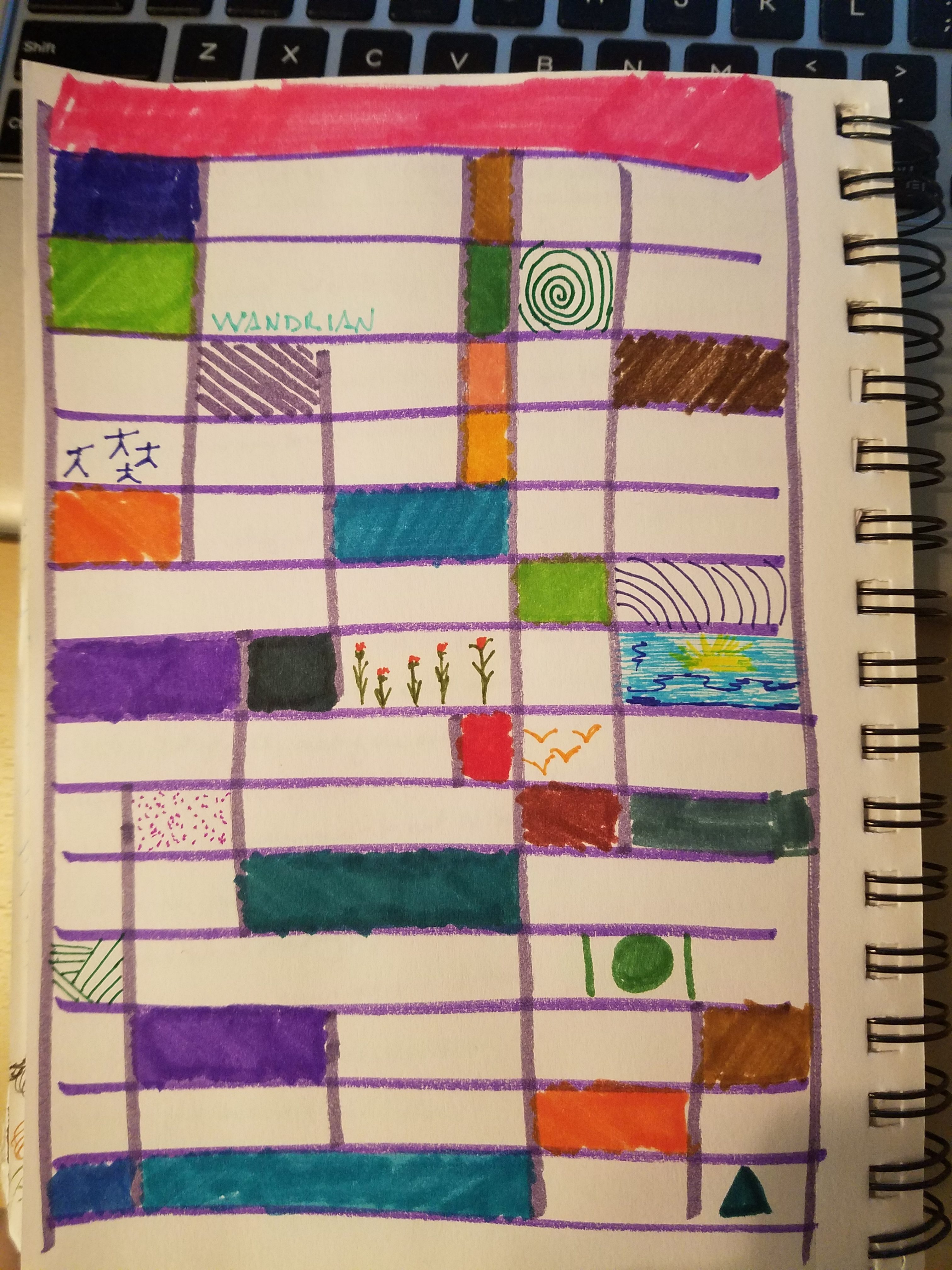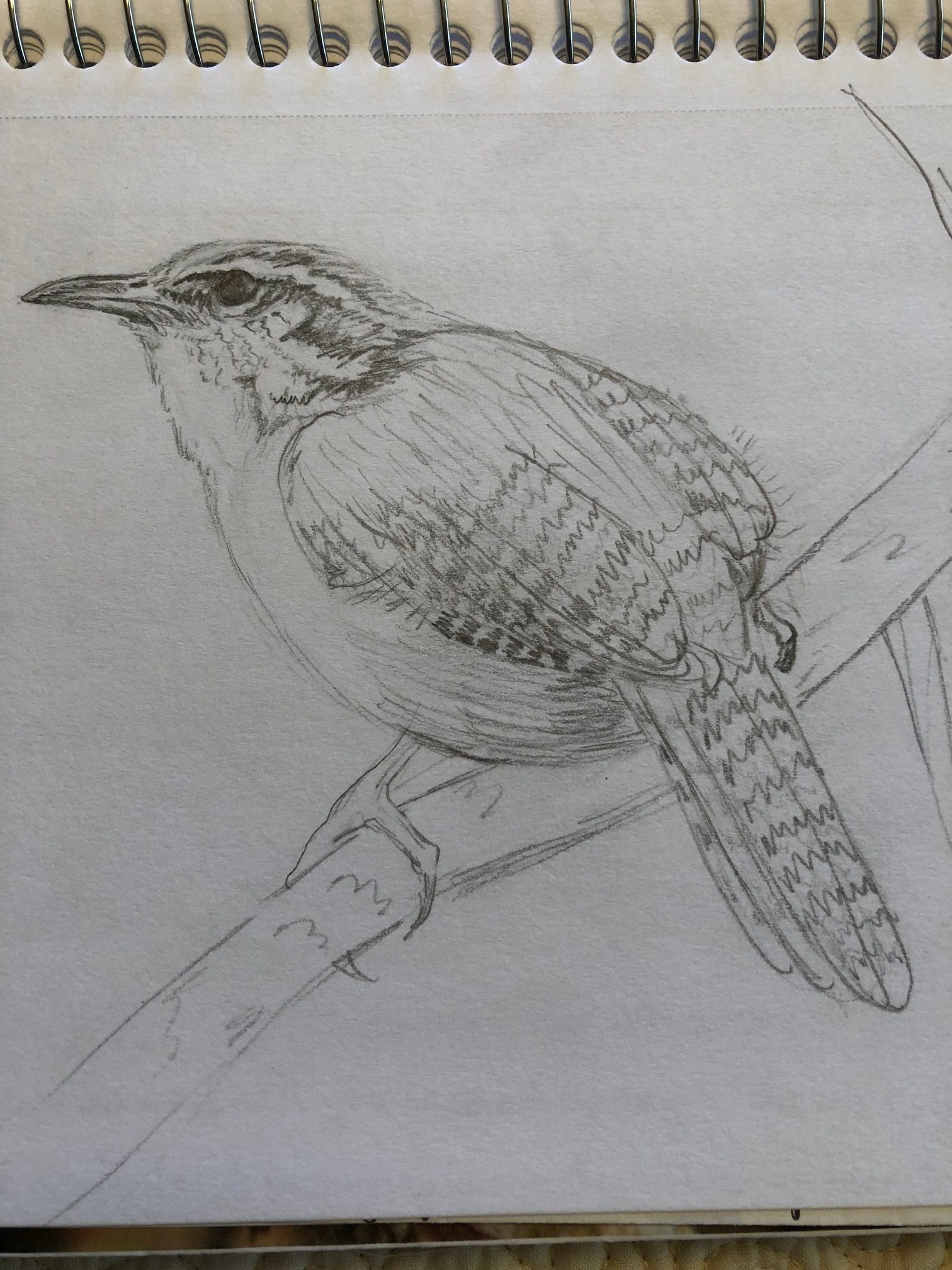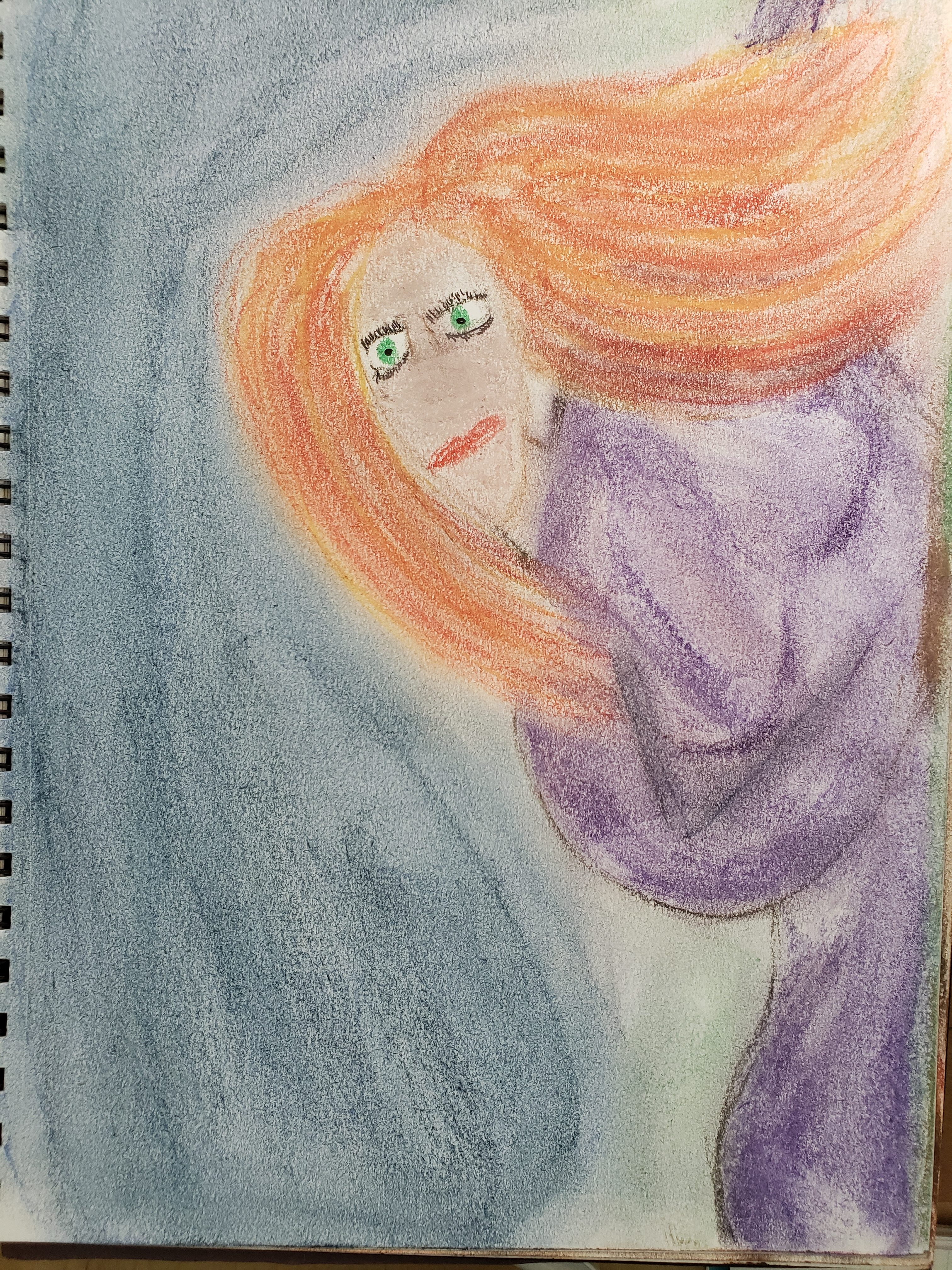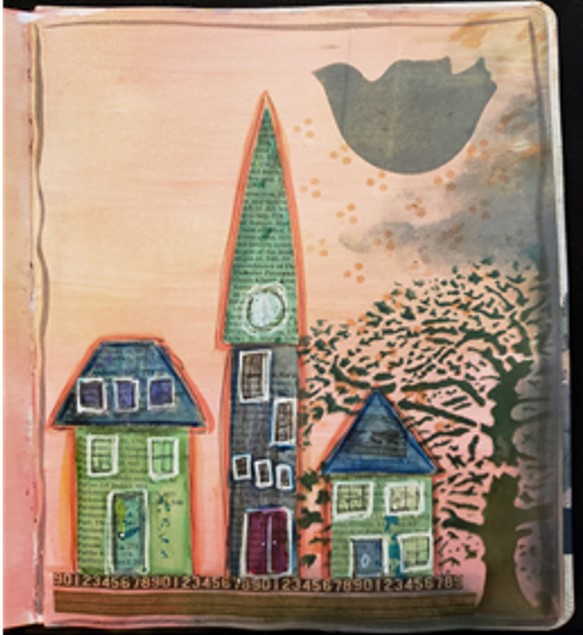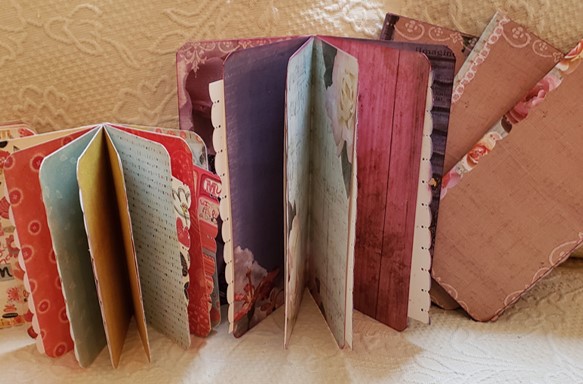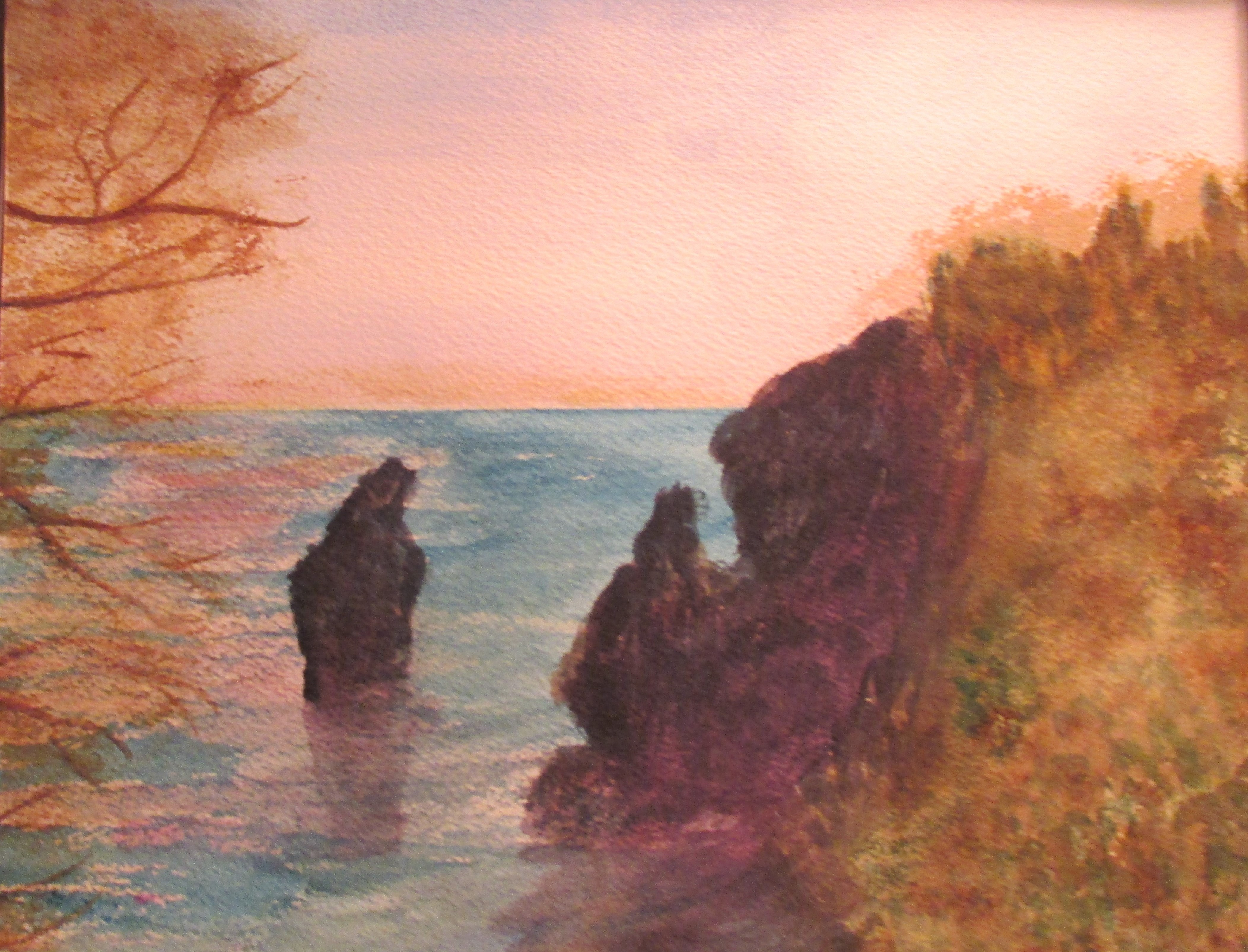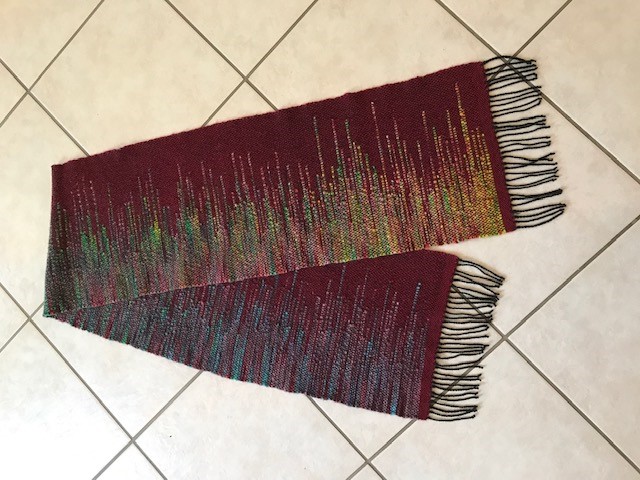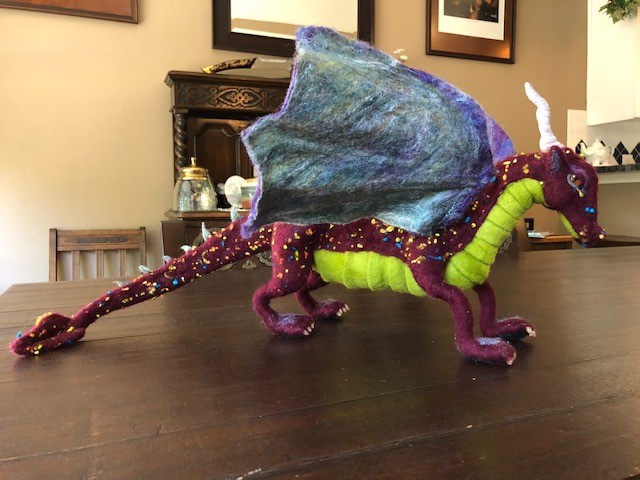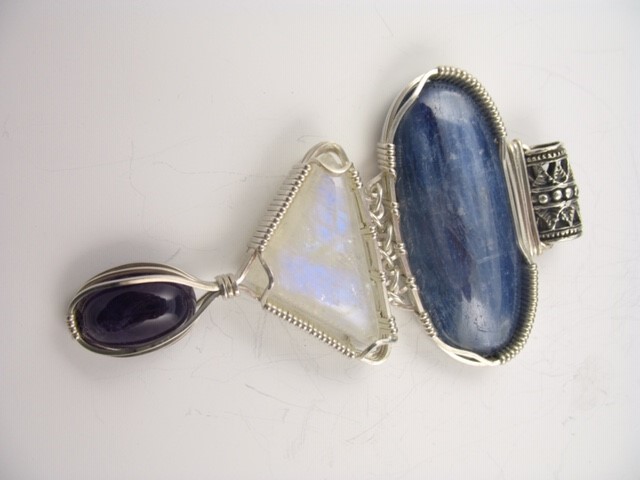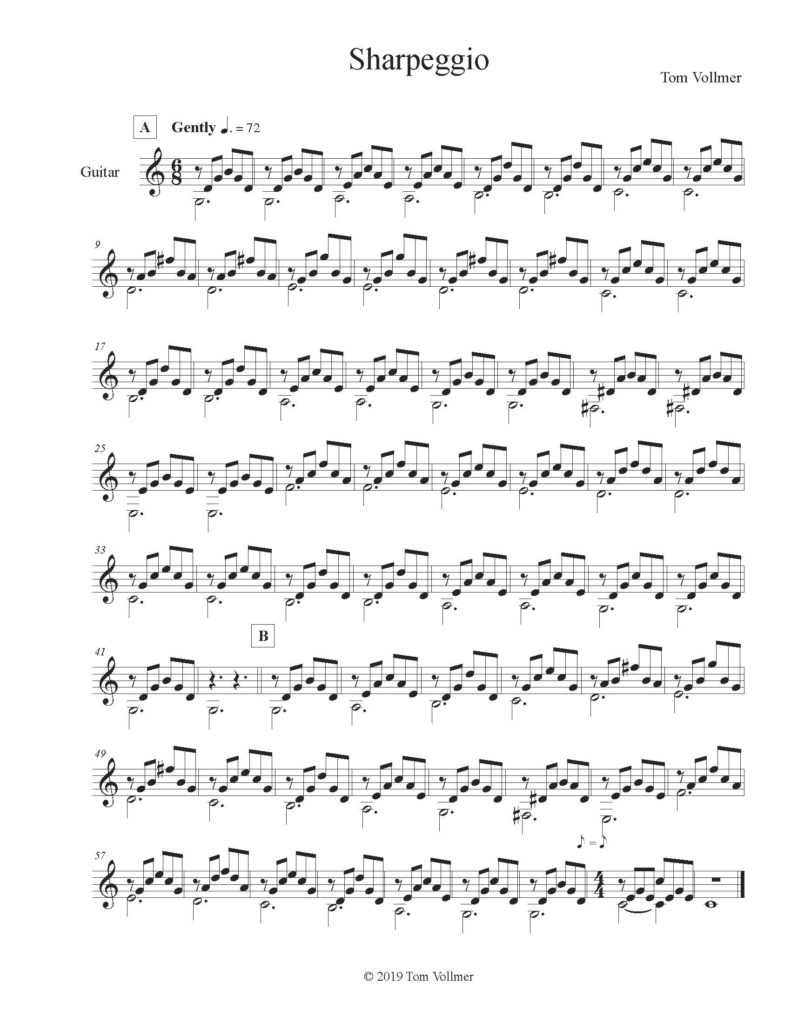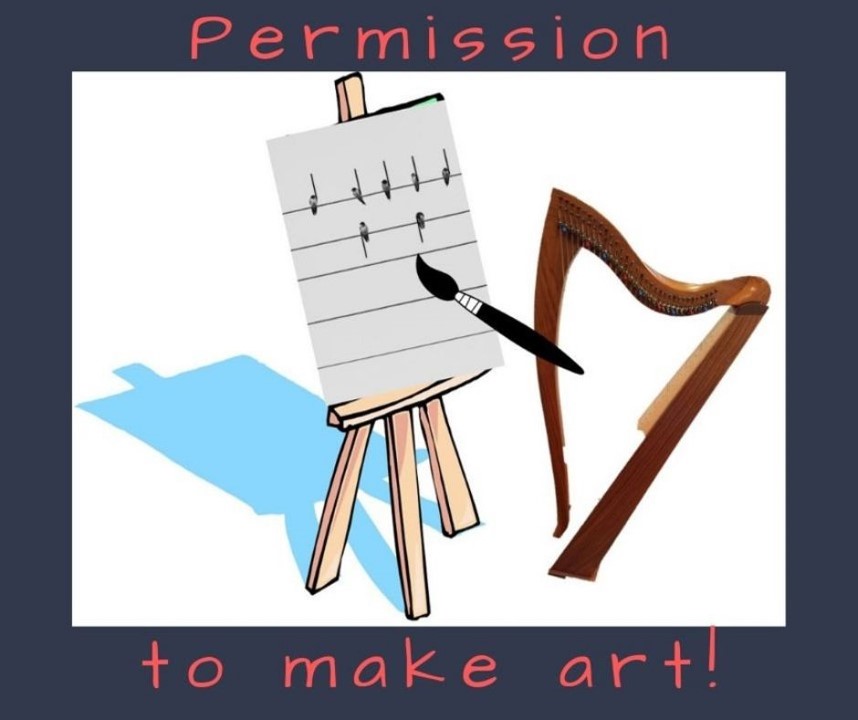Ok, it’s probably more like two weeks, but it sure feels like it’s all happened in a week. Two subscriber emails that didn’t quite work the way I wanted. And a surprise trip that sort of skewed the entire week toward the weird. And then, on top of everything else, six broken strings on three harps! SIX!
This is especially perplexing because I don’t think over my entire harp life, over all of my too many harps, I’ve had this many broken strings – total! (ok, that might be a slight exaggeration, but not much of one).
I’m pretty sure I know why it’s happened – temperatures swinging nearly 40 degrees, a hurricane passing not too far away, bright sunny days, heavy humid days, the placid shift toward autumn, and frequent travel that resulted in infrequent tuning all probably went a long way to disturbing the gentle equilibrium of the strings on all my harps.
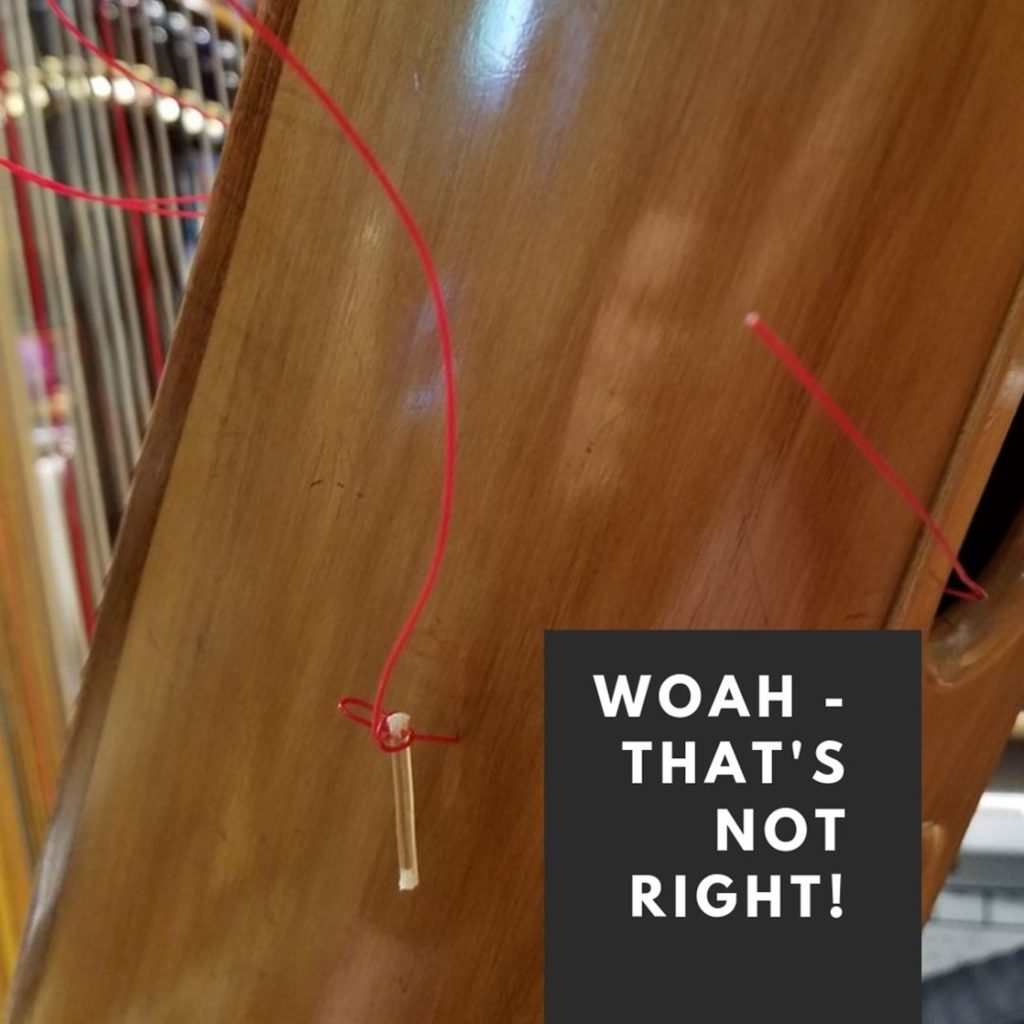 And then this. What’s wrong with this picture?
And then this. What’s wrong with this picture?
I wish I had staged that photo, but nope. I really did that. Which just highlights that e-v-e-r-y-t-h-i-n-g needs to be practiced so that it is as effortless as you can make it. If you’re still trying to figure out what’s wrong with the picture – I knotted the string on the wrong end!
All of this combined to highlight that you can always be doing something to improve your playing. Regular harp maintenance is an important piece of your self-care.
How is that self-care? Because when you take good care of your harp, it will be ready for you to play when you want to practice, when you need to practice, and when you just need to play.
What things should you be doing regularly to care for your harp? Here are six (or so) things to include:
- Change strings quickly. After a string breaks, install a new one as quickly as possible. Have spare/extra strings available. Know where to get the ones you need. Keep your string chart up to date. If you have questions about what strings to get – ask!
- Dust it! Using a soft microfiber cloth or a fuzzy sock. Don’t use your vacuum cleaner. Definitely DO NOT use polish! There are also dust covers available. I don’t have one but having one would probably cut down the amount of dusting needed.
- Check your air. Buy yourself a hygrometer so that you’ll know how dry the air in your house is (you can buy them at huge online or IRL retailers – you know the ones). Hygrometers measure the humidity in the air. Harps are happy when the humidity is about 40 – 60%. If you’re constantly running your air conditioner or when you have the heat on, it will be dry. You can improve the humidity relatively inexpensively by installing a small tabletop fountain (with the additional benefit of having the delightful sound of running water in your harp room). You could also add some house plants. If you want to spend more money you can get a room humidifier (like you’d use for a bedroom) or install a whole house humidifier (which is quite expensive). A final suggestion (especially for housebound harps) is to put the bottom of 2-part travel soap keeper on the bottom of your harp (inside the sound box) and place a dampened (cut to fit) sponge inside the lid. Check it daily to assure the sponge is damp. This will likely provide enough moisture to keep your harp happy – and you won’t be broken up at finding a cracked sound board.
- Very early in my harp career (before it was even a harp career at all!) I was told that I should treat my harp like a baby – never leave it in the car, or in the sun, or in cold or the heat, and never just stand it up and walk away. I think you can take a little liberty with this, but it bears thinking about before you just leave it somewhere. Remember that your harp is held together with glue so especially in warm weather, it could be vulnerable. And it is your baby after all!
- Tune it or die! (ok, I stole that from a bumper sticker – but it’s true). Tuning frequently is a good idea to help keep your harp in good shape. All the parts of the harp really do need to work together – the strings are a part of that. Letting the strings get way out of tune puts unnecessary stress on the sound board. It doesn’t take long to tune. Yes, I know it seems to take forever, but it really doesn’t. And, of course, the more you do it, the faster (and more accurate) you’ll get.
- Related to tuning – make sure you play all your harps. I try to have a rotation so that I play each of my harps. Note, I say try because I’m always playing favorites. When I’m feeling dramatic, I play my Dusty Strings FH-36S. When I’m feeling outdoorsy, I play my Sharpsicle. When I’m stressing about playing an upcoming gig, I play my Fisher since it’s currently my “work” harp. But I do try to make a concentrated effort to play each of them (which also assures that I tune them all!).
Finally, find a luthier you like, know, and trust. Not everyone has a local luthier (I am forever grateful to live nearby my solidly reliable, dependable luthier who clearly knows more about my harp than I do, and that I just genuinely like). If you don’t know a luthier and especially if you don’t live near one – make sure you find a harp luthier (because luthier is general term for anyone who makes or repairs stringed instruments – but you might have noticed that a harp is quite different from a guitar!). You can also watch for harp technicians that travel and/or participate in workshops and conferences. Build that relationship. Make sure that you have your harp regulated regularly (or learn to do it yourself).
So, as you can see from the photo, I was having that kind of week – the kind that comes from being relatively out of practice with changing strings! Be sure to include taking good care of your harp in your regular practice. There are other things you can do, and I’d love to hear what you do as part of your regular harp maintenance – let me know in the comments below!
